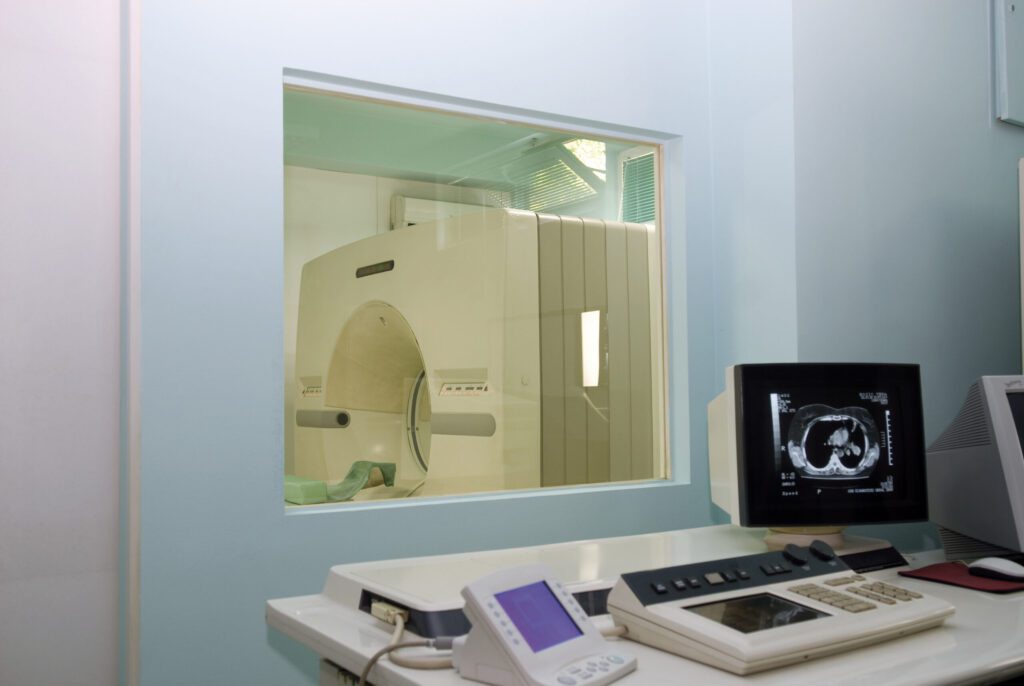When a client enters a medical facility for diagnostics and x-rays, their safety and privacy are paramount concerns. X-ray technology is an integral part of modern medical practices, enabling precise diagnoses and potentially lifesaving interventions. But with these technologies come potential dangers. To keep patients and medical staff safe, leaded glass solutions in x-ray rooms play a vital role in radiation shielding and safeguarding privacy. Here’s why leaded glass is so important in medical facilities and some key considerations when selecting the right leaded glass solutions.
Shielding Against Radiation Exposure
Leaded glass, also known as radiation shielding glass, is specifically designed to offer protection against the ionizing radiation commonly used in x-ray procedures. This specialized glass contains lead oxide or other heavy metals within its composition, which helps prevent the passage of harmful radiation while allowing the transmission of visible light. By integrating leaded glass into x-ray rooms, medical facilities ensure the safety of both patients and medical professionals, minimizing the risk of radiation exposure and its potential health effects.
Types of Leaded Glass for X-Ray Rooms
Leaded glass products are used in a wide range of medical settings, including hospitals, clinics, dental offices, and veterinary facilities. No matter the type of facility, there are two main types of leaded glass available for medical purposes:
- Lead-Lined Glass – This specially manufactured glass consists of a layer of lead or lead-equivalent material sandwiched between two layers of glass. This design maximizes radiation shielding while maintaining transparency for medical procedures. Lead-lined glass is commonly used for viewing windows, protective barriers, and observation panels in x-ray rooms, because it offers an unobstructed view while safeguarding against radiation exposure.
- Lead Acrylic – This product is also known as leaded acrylic or leaded plexiglass, and it is an alternative to traditional leaded glass. It combines acrylic polymer with lead compounds to achieve effective radiation shielding. Lead acrylic is lighter and more flexible than leaded glass, which makes it suitable for applications where flexibility and lighter weight are needed. This includes mobile radiation shields, portable barriers, and protective screens. Its lightweight nature and shatter-resistant properties contribute to its versatility in medical settings.
In addition to these types of radiation shielding glass, there are three other factors to consider when choosing x-ray glass for your project:
- Lead Equivalency – This is the thickness of the leaded glass product, which determines its ability to attenuate radiation effectively. Higher lead equivalency indicates a thicker product and stronger radiation shielding properties.
- Viewing Clarity – Clear visibility is crucial for medical procedures. Leaded glass should provide sufficient ability to see through the glass without compromising radiation shielding capabilities.
- Privacy Options – There are different levels of opacity that can be achieved with leaded glass. This protects patient privacy during x-ray procedures and contributes to a comfortable and respectful medical environment.
Safety Regulations and Considerations
Because of the dangers of radiation exposure, leaded glass safety regulations are stringent. The National Council on Radiation Protection and Measurements (NCRP) guidelines provide essential guidance on leaded glass in medical environments. Radiation shielding products must adhere to these guidelines to ensure adequate shielding and patient safety. When having leaded glass installed, make sure the installation team is aware of these requirements, that they’ve verified the correct product has been chosen, and that they’re able to competently install the product.
Leaded glass is indispensable in medical facilities, ensuring the safety of patients and staff during x-ray procedures. The right balance of radiation shielding capabilities and transparent properties gives medical personnel the ability to monitor and interact with patients while respecting patient privacy. To install or replace x-ray glass in your facility, give our team a call! We have decades of experience successfully managing medical glazing projects.
